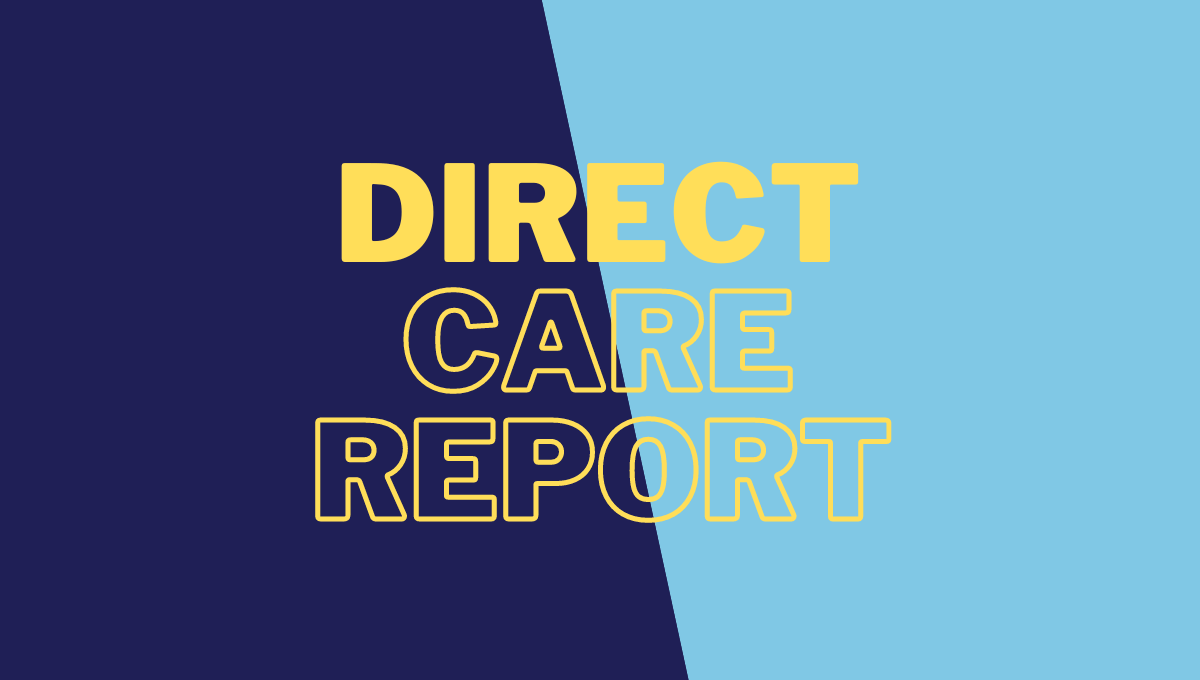How to Set Fees for Maximum Profitability and Client Retention
There’s a fine line between pricing that works and pricing that drives patients or clients away. Whether you’re a DPC doctor, a concierge provider, or a med spa owner, pricing is not just about covering costs—it’s about value. And in the direct pay model, your pricing structure speaks volumes about the kind of experience you’re offering.
If you’re struggling with patient retention or feeling like you’re constantly underpaid for the value you deliver, it’s time to rethink your pricing strategy.
1. Know Your Worth—and Communicate It
You didn’t start your practice to give discounts. You offer something unique: personalized care, a premium experience, and direct access to your expertise. Your pricing needs to reflect that, but more importantly, you need to communicate why it’s worth it.
Take DPC physicians as an example: You’re not charging a monthly fee just for the occasional appointment. You’re offering peace of mind—a doctor who’s available when needed, with no red tape. The same goes for concierge doctors who provide 24/7 access and med spa owners who offer treatments that boost confidence and well-being. Your pricing needs to match the value of what you’re really delivering—freedom, convenience, confidence.
2. Don't Race to the Bottom
In a saturated market, there’s always the temptation to lower your prices to attract more patients or clients. Don’t do it. Competing on price is a race to the bottom, and it’s not sustainable. Someone will always be willing to charge less. Instead, focus on differentiation. What can you offer that your competitors can’t? Whether it’s a higher level of service, a more personalized experience, or an exclusive membership program, sell the value, not the price.
For concierge doctors, this might mean offering tailored wellness plans that go beyond standard care. Med spa owners can create high-end, VIP experiences that clients can’t find anywhere else. The point is, once you start discounting your services, you’re undervaluing the very thing that makes you unique.
3. Tiered Pricing: One Size Does Not Fit All
One of the most effective strategies for pricing is to create tiers. Not every patient or client will want the same level of service, and that’s okay. Offer different packages that cater to varying needs and budgets. For example:
DPC physicians: Offer a basic plan for healthy patients and a more comprehensive plan for those with chronic conditions who need more frequent visits.
Concierge doctors: You can have a general care package but also offer a premium tier with additional wellness services, house calls, or access to specialists.
Med spa owners: Create VIP memberships that include exclusive treatments or perks like priority booking and discounts on products.
Tiered pricing allows you to cater to different market segments without compromising on your core value. Plus, it makes it easier for patients to move up to higher-value packages as their needs evolve.
4. Review Your Costs Regularly
Pricing isn’t set in stone. The cost of running a practice—rent, staff, supplies—can fluctuate, and if you’re not reviewing your expenses regularly, you may be pricing yourself out of profitability. Take a quarterly look at your operational costs and make sure your pricing reflects the true cost of doing business.
For med spa owners, this could mean factoring in the rising costs of high-quality products or advanced equipment. For doctors, it’s about the ongoing expenses of maintaining a physical office, paying staff, and staying up-to-date with medical advancements.
5. Don’t Fear the Price Increase—Own It
At some point, you’ll need to raise your prices. It’s inevitable as costs rise and your value increases. The key is how you communicate it. Patients and clients are often more understanding than you might think—if they see the added value.
Before increasing your fees, take the time to explain why. This could be tied to new services, increased availability, or enhanced experiences. Frame it in terms of what they gain, not just what you’re charging.
6. The Psychology of Pricing: Numbers Matter
Finally, don’t forget the psychology behind pricing. Odd-number pricing (like $197 instead of $200) can make your services seem more affordable, while round numbers ($500) convey exclusivity. The way you present your pricing can influence how it’s perceived. Experiment with different pricing structures to see what resonates with your market.
Bottom Line: Pricing isn’t just a numbers game—it’s a value game.
Set fees that reflect the true worth of your services and communicate that value effectively.
Whether through tiered pricing, premium experiences, or well-timed price increases, the right strategy will help you retain clients and maintain profitability without compromise.
Take action,
Pep Dekker

